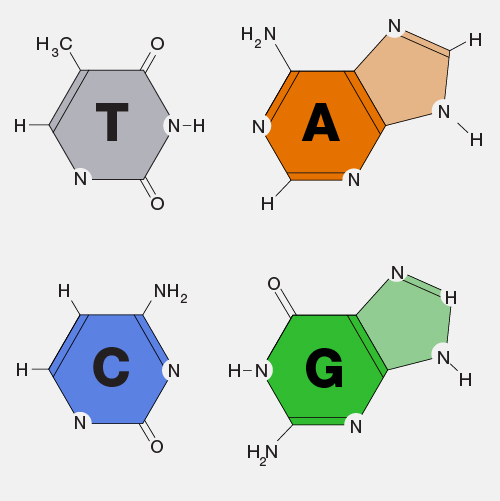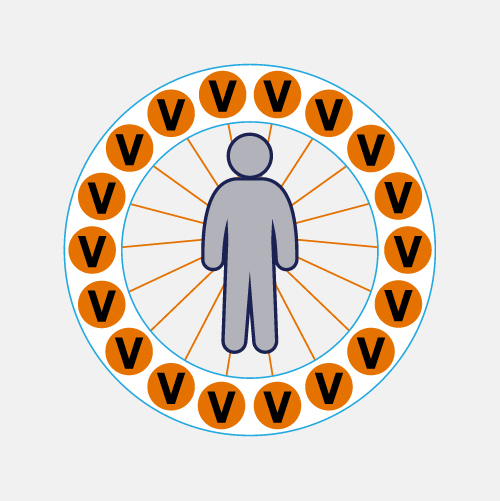Holoprosencephaly
Definition
Holoprosencephaly is a developmental disorder that results when the forebrain of the embryo fails to divide and form the right and left halves of the brain. The disorder produces a single-lobed brain structure and severe skull and facial abnormalities. Often the deformities cause babies to die before birth. In mild cases, babies are born with near-normal brain development and facial abnormalities involving cleft lip or cleft palate.
Narration
Holoprosencephaly is probably the most common birth defect of the developing forebrain. It's a complicated word. It's made up of several syllables: "sencephaly" means the brain, "prosencephaly" means the "forebrain", and "holoprosencephaly" means that the forebrain didn't separate into a left and a right ventricle, as it does mostly. It causes a severe birth defect in most children, and many times it's so severe that children die at birth. Those that don't die can live up to five years, 10 years, 15, even 20 or 30 years, but many of them are severely affected. Many of them are wheelchair bound, and some very, very few can walk and have some cognitive differences.


